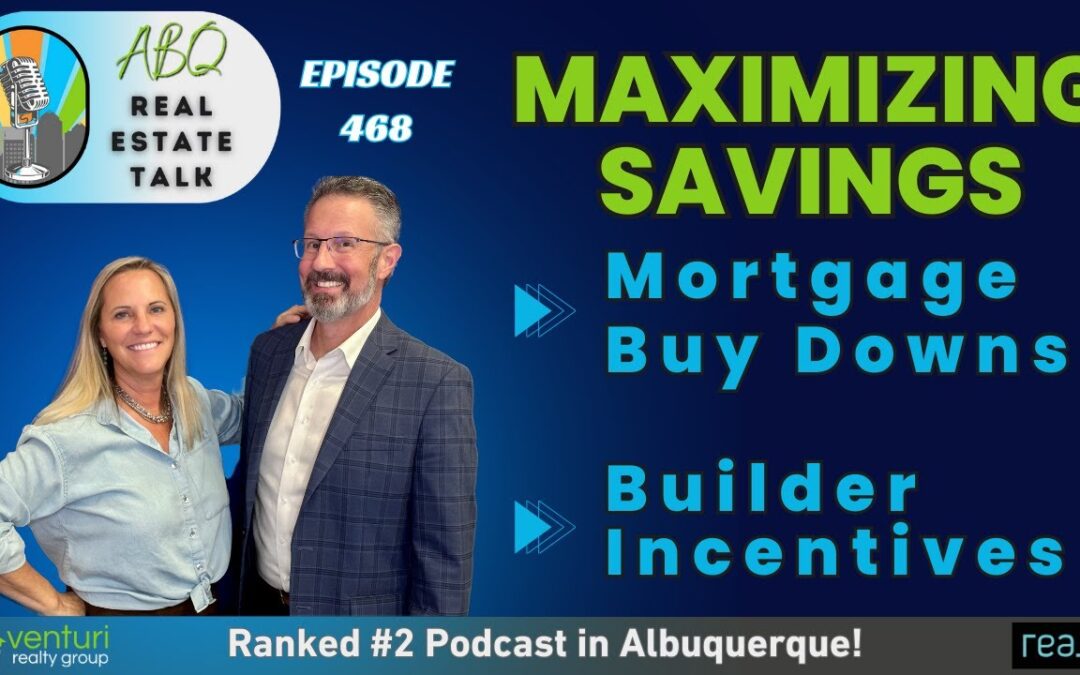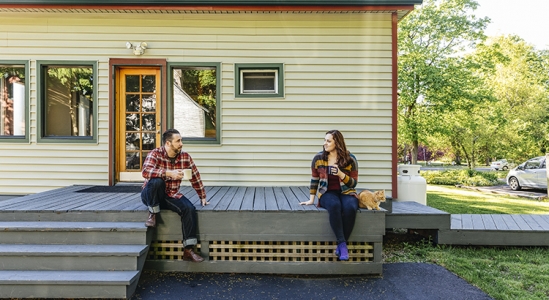
Nov 18, 2023 | Albuquerque Real Estate News, Albuquerque Real Estate Talk, Distressed Properties, Housing Market Updates
Unveiling the Intricacies of Albuquerque’s Real Estate Market Introduction Welcome to another episode of Albuquerque Real Estate Talk with Tracy and Tego Venturi, where we delve into the dynamic world of real estate in the beautiful city of Albuquerque. In this...

May 12, 2022 | Distressed Properties, Foreclosures, Housing Market Updates
While you may have seen recent stories about the volume of foreclosures today, context is important. During the pandemic, many homeowners were able to pause their mortgage payments using the forbearance program. The goal was to help homeowners financially during the...

Jan 6, 2022 | Distressed Properties, Foreclosures, Housing Market Updates, Pricing
When mortgage forbearance plans were first announced and the pandemic surged through the country in early 2020, many homeowners were allowed to pause their mortgage payments. Some analysts were concerned that once the forbearance program ended, the housing market...

Nov 23, 2021 | Distressed Properties, For Buyers, For Sellers, Foreclosures, Housing Market Updates, Interest Rates, Pricing
There are a lot of questions right now regarding the real estate market as we head into 2022. The forbearance program is coming to an end and mortgage rates are beginning to rise. With all of this uncertainty, anyone with a megaphone – from the mainstream media to a...

Nov 4, 2021 | Distressed Properties, Foreclosures, Housing Market Updates, Pricing, Short Sales
With forbearance plans coming to an end, many are concerned the housing market will experience a wave of foreclosures similar to what happened after the housing bubble 15 years ago. Here are a few reasons why that won’t happen. There are fewer homeowners in trouble...

Sep 8, 2021 | Distressed Properties, For Sellers, Foreclosures, Housing Market Updates, Pricing, Short Sales
Even though experts agree there’s no chance of a large-scale foreclosure crisis, there are a number of homeowners who may be coming face-to-face with foreclosure as a possibility. And while the overall percentage of homeowners at risk is decreasing with time (see...







